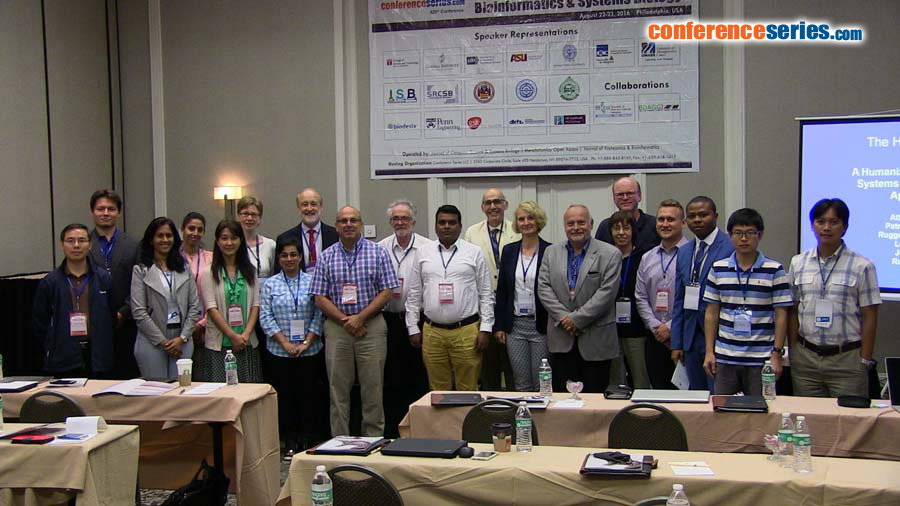
Heinz Peter Nasheuer
National University of Ireland Galway, Ireland
Title: Title: Quantitative analyses of protein-protein in living cells using Fluorescence Correlation Spectroscopy and Fluorescence Cross Correlation Spectroscopy
Biography
Biography: Heinz Peter Nasheuer
Abstract
Systems Biology requires quantitive data to computationally model pathways in living organisms. Advanced imaging techniques using fluorescent fusion proteins have the potential to deliver quantitative data from living cells and multicellular organism at the required resolution scale. Fluorescence correlation spectroscopy (FCS) and its variant fluorescence cross correlation spectroscopy (FCCS) are data-rich techniques and are able to measure quantitatively protein-protein interactions, rates of diffusion, rate constants, particle concentrations, and ligand-receptor formations in real time. The typical observation volume of confocal FCS instruments is 0.25 to 0.5 femtoliter (fl) allowing subcellular level resolutions. Correlating the fluctuation signals yields the mobility (D) and the number of molecules (N) in the observation volume. Importantly FCS needs low fluorescent protein expression levels and reaches down to the single molecule level. To reduce the levels of recombinant protein expression the Herpes Simplex Virus Thymidine Kinase (HSV TK) promoter and newly designed deletion mutants thereof were utilized in instead of the CMV promoter. The mutant promoters TK-2ST and TK-TSC containing minimal regulatory elements exhibited low fluorescent protein expression and were most suitable for FCS. Using FCCS we were able to determine the interaction of hypoxia induced factor 1 ï¡ (Hif1ï¡) with its binding partner Hif1ï¢/aryl hydrocarbon receptor after stabilisation of Hif1ï¡ by the pharmacological drug Dimethyloxaloyl-glycine (DMOG) in a concentration, time-dependent and quantitative manner. In the MAP kinase pathway, molecular brightness and FCS data analysis suggest a higher oligomeric state for h-Ras and h-Ras multiprotein complexes in living cells. The latter is also true for Raf isoforms.




